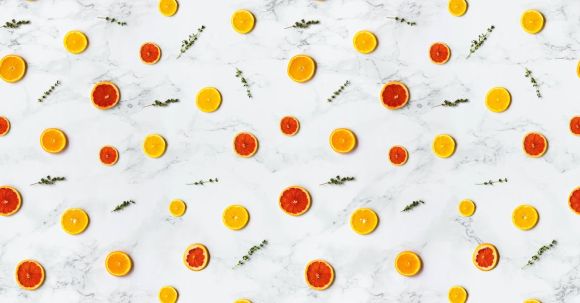In today’s digital age, it’s no secret that people love to share pictures of their food on social media platforms like Instagram. From perfectly arranged smoothie bowls to beautifully plated desserts, there’s a growing trend of food enthusiasts showcasing their culinary creations online. But what makes some dishes more visually appealing than others? The answer lies in the science of food presentation.
The Power of Color: Creating Visual Contrast
One of the key elements in creating visually stunning dishes is the use of color. Colorful food not only looks more appetizing but also stimulates our taste buds. To create visual contrast, chefs often combine ingredients with different hues, such as pairing vibrant greens with bright reds or deep purples with creamy whites. This not only makes the dish more visually appealing but also enhances the overall flavor experience.
Texture and Layers: Adding Depth to the Dish
Another important aspect of food presentation is texture. Incorporating a variety of textures can elevate the visual appeal of a dish. Chefs often use ingredients with contrasting textures, such as crispy vegetables with creamy sauces or crunchy nuts with smooth ice cream. By layering these textures, they create a visually pleasing dish that also offers a delightful sensory experience.
The Rule of Odds: Creating Balance and Harmony
When it comes to arranging food on a plate, the rule of odds plays a crucial role. Studies have shown that odd numbers tend to create a more balanced and visually appealing composition. For example, arranging three pieces of meatballs on a plate is more visually appealing than two or four. This rule applies not only to the main ingredients but also to garnishes and sauces. By following this principle, chefs can create a sense of harmony and balance in their dishes.
The Importance of Plate Presentation: Framing the Dish
The way a dish is presented on a plate can greatly impact its visual appeal. Chefs often use different plating techniques to create a visually stunning presentation. Some popular techniques include stacking, fanning, and drizzling sauces. These techniques not only add visual interest but also help to guide the diner’s eye around the plate. By carefully arranging the components of the dish, chefs can create a visually pleasing composition that is both aesthetically pleasing and appetizing.
The Role of Props and Background: Setting the Stage
In addition to the food itself, props and background play an important role in food photography. Choosing the right props, such as colorful plates, unique utensils, or fresh herbs, can enhance the visual appeal of the dish. The background is equally important, as it sets the stage for the food. A clean, simple background allows the food to take center stage, while a textured or patterned background can add depth and visual interest.
The Final Touch: Attention to Detail
Lastly, attention to detail is what sets Instagram-worthy dishes apart from the rest. Chefs pay close attention to every element of the dish, from the placement of each ingredient to the garnishes and finishing touches. Whether it’s a sprinkle of fresh herbs or a drizzle of sauce, these small details can make a big difference in the overall presentation of the dish.
In conclusion, creating Instagram-worthy dishes is a combination of art and science. By understanding the principles of color, texture, balance, and presentation, chefs can create visually stunning dishes that not only look good but also taste incredible. With the right techniques and attention to detail, anyone can transform their meals into works of art that are sure to impress both on and off the screen. So next time you’re in the kitchen, remember to channel your inner artist and let the science of food presentation guide your creativity.
